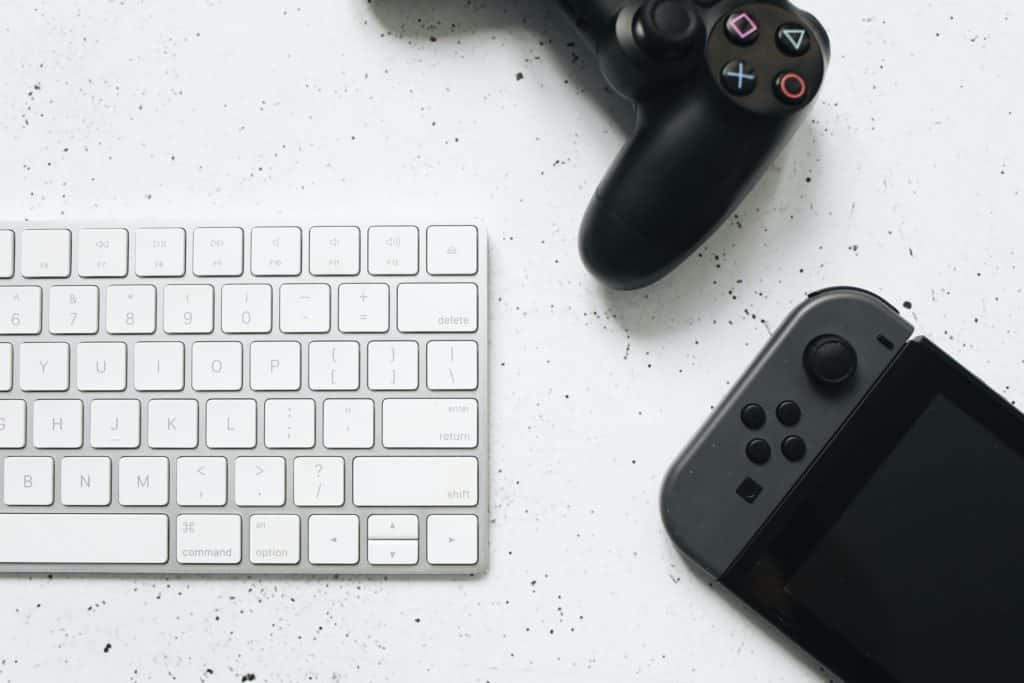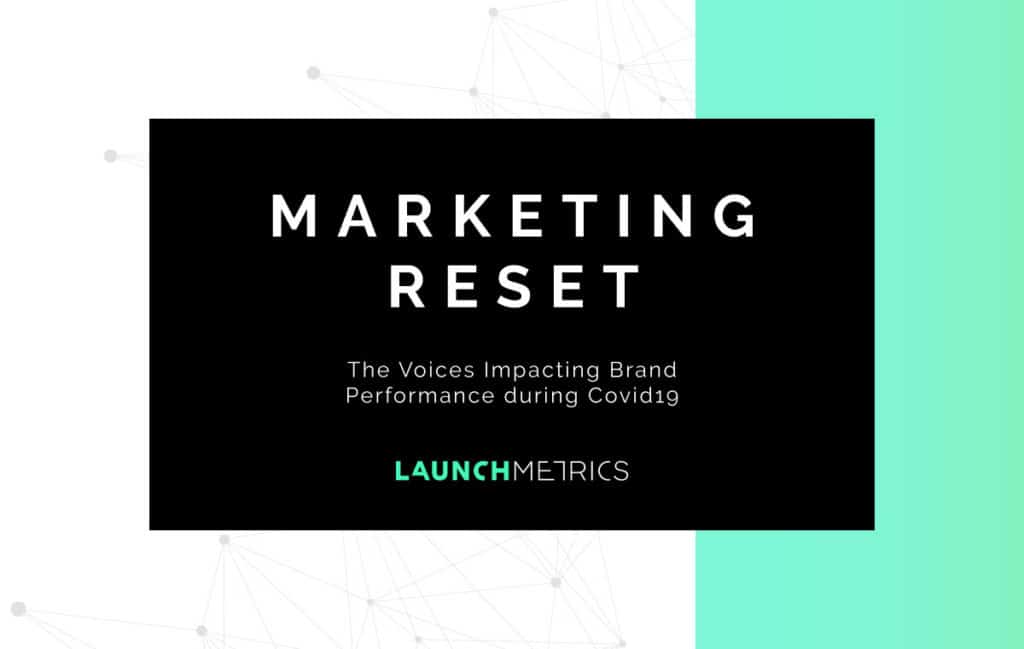Welcome back to our five-part blog series, where we delve into the Voices that are influencing the customer journey. In this next installment, we will explore the opportunities unconventional Partners, outside of the traditional FLB (fashion, luxury, and beauty) realm, can bring from successful brand partnerships.
It comes as no surprise that 2020 has been a year of unexpected changes, from digital fashion weeks to brands flipping their marketing strategies to align with unprecedented retail closures and loss of sales. One noticeable difference that has accelerated this year is how the fashion, luxury, and beauty industry are implementing successful brand partnerships through the organizations they are selecting to help amplify their values as well as reach new consumers. Partners are a strategic Voice that can not only amplify a brand’s message but also build trust by allowing an authoritative voice to give the brand added credibility. Although Partners may not generate as much Media Impact Value™ as Influencers or Media, they are still a vital component to a holistic and successful marketing strategy. Traditionally, brands would rely on the likes of Sephora, Ulta, Selfridges, and other large retail partners to increase their visibility in target markets as well as boost sales, however, over the past few years, brands have widened their horizons and explored avenues that don’t necessarily fit the rulebook – such as partnering with gaming companies, e-sports brands, fast food chains, and more.
The global pandemic meant the larger retail brands had to close their doors, taking away the in-store experience that consumer targets such as Gen-Z and Millenials thrive off as well as decreasing sales driven by retail partners. This forced brands to think of new and creative ways of reaching their target markets.
In this article you’ll learn…
How Brands Can Leverage the Entertainment Industry
This year, we saw the entertainment industry – such as gaming – pick up momentum with a huge surge in users during the lockdown. Fashion and beauty brands leveraged the communities built by entertainment fans and brands. According to Statista, the video game industry is experiencing a growth of 11.4% YoY in 2020 and is expected to reach a revenue of $92.6M by the end of the year.
Louis Vuitton and Gucci are just some of the brands that successfully launched partnerships with Electronic Arts’ The Sims where gamers were able to create looks using branded products for their avatars. Not only was this a great way to tap into new audiences and markets but the partnership allowed for brands to provide accessibility to consumers for their products. Nintendo’s Animal Crossing fans have also skyrocketed this year. Players are able to download codes to dress their avatar in the likes of Supreme, Valentino, Marc Jacobs, and MM6MaisonMargela, to name a few. With the increase in the industry’s popularity and such games offering a sense of escapism – a much-needed feeling throughout the course of lockdown – exploring partnerships with the gaming industry allows a new entry point. Users can experience a luxury brand that traditionally sells high ticket items, and are primed towards becoming a loyal follower/purchaser later down the line when they have greater purchasing power. Gen-Zers and Millennials are expected to have a larger Share of Wallet in the future and brands are understanding the importance of targeting these younger consumers.
View this post on Instagram
Successful partnerships have also been seen in the sporting industry and although this is not unheard of, more brands have realized the potential value football club partners can drive. This is exemplified by the fact that Cristiano Ronaldo and Leo Messi are in the top ten list of the most followed Instagram accounts – Ronaldo being first. Another example was observed in our recent #BBMoment, where we analyzed the Media Impact Value™ of Nivea and how they leveraged their long-standing partnership with Real Madrid as a key Partner – representing 26% of the Share of Value – when Partners usually sit at the lower end of the spectrum.
Disney’s Baby Yoda x ColourPop Cosmetics
Brands have also been capitalizing on cultural moments happening during a time where consumers were relying on TV and video as a form of entertainment. A prime example of this was Disney’s, The Mandalorian, which premiered on Disney+ at the end of 2019. The internet became so flooded in 2020 with memes of ‘Baby Yoda’ that the character built a cult following of its own. Recently, Colourpop Cosmetics partnered with Disney Star Wars to release a limited edition eyeshadow palette – ‘the child™’ – which featured Baby Yoda on the packaging as well as colors and sayings associated with the character. This was a great strategy by the beauty brand to place the product in front of consumers that would buy into Disney, and more importantly, the Baby Yoda brand, extending their demographic reach.
View this post on Instagram
With consumer interests now shifting towards entertainment and cultural moments, for 2021, in order for brands to have a successful brand partnerships strategy, it will be crucial for brands to identify which Partners to direct marketing investments in that will not only drive sales and ROI, but also have the power to build a more targeted audience. If you want to know how you can leverage the Partner Voice for your own strategy and to explore a further data-driven analysis, download our recent Marketing Reset report:

